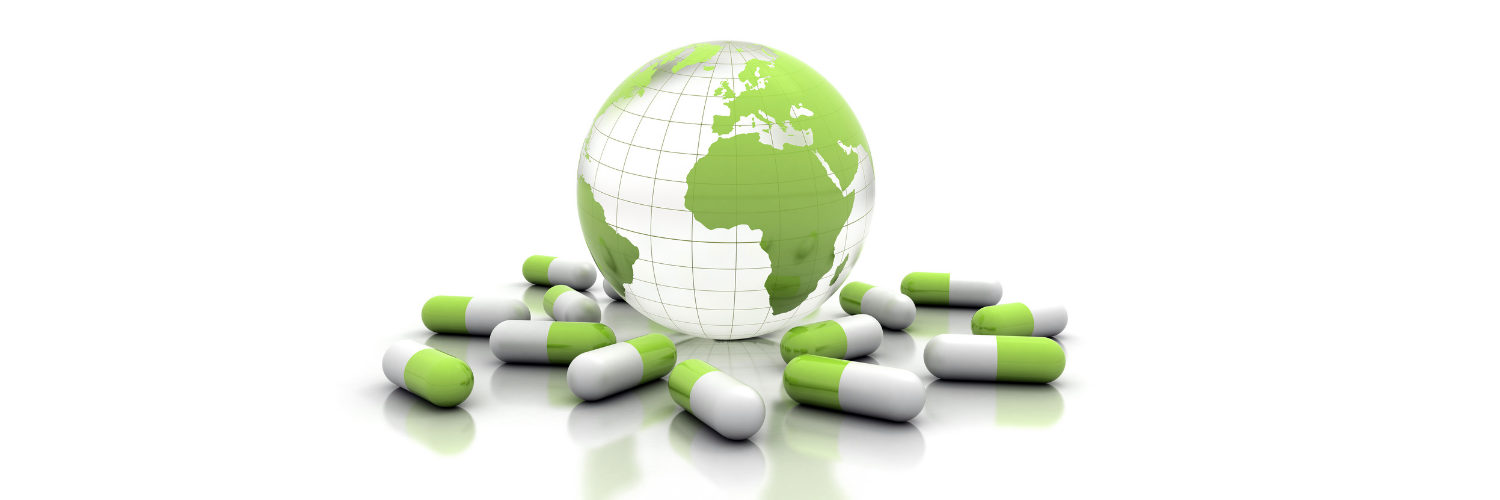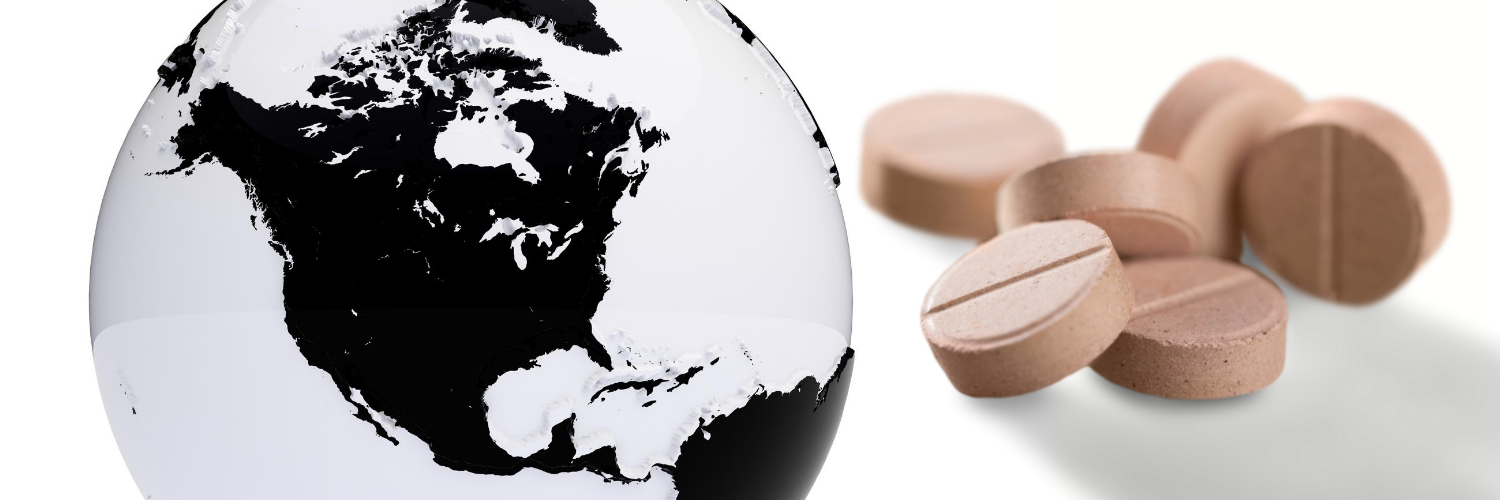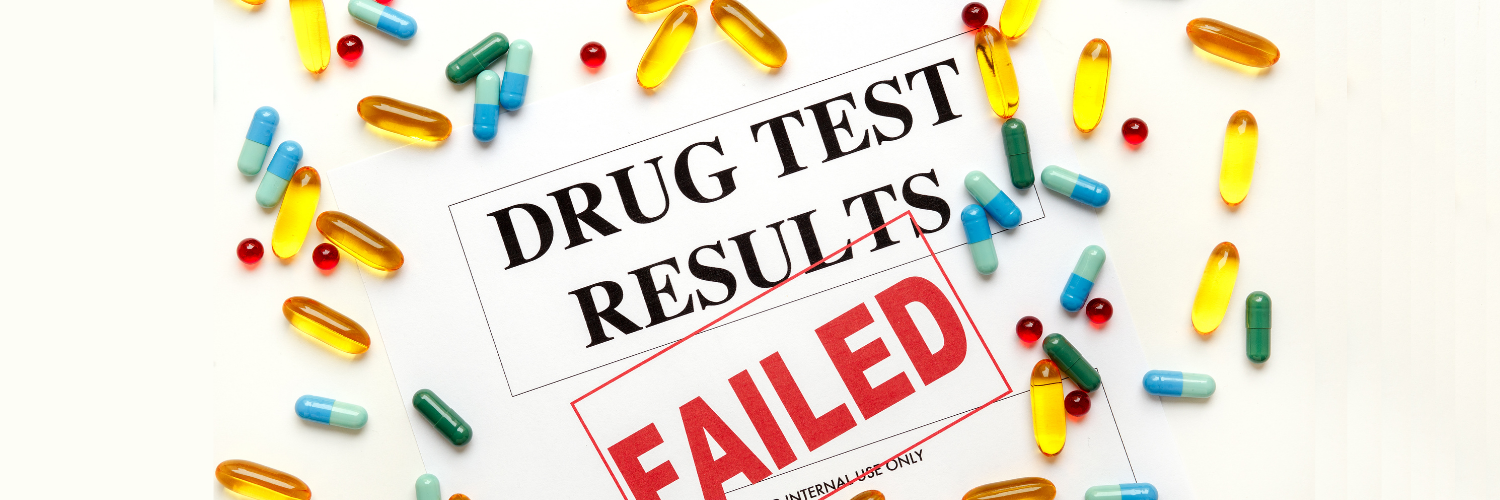Not Made in the USA: Key Findings

Most of the expensive brand name drugs Americans purchase from local U.S. pharmacies are not made here.
Our research “Not Made in the USA,” published last week, addresses the pressing issue of prescription drug affordability in America - and Big Pharma’s campaign to stop drug importation. Below, you’ll find the executive summary, which gives you a general overview of the report along with its top level findings.
Read the backstory of “Not Made in the USA”
Executive summary
Overview
Many consumer products clearly state where those products are made. Not so for prescription medications. Where our drugs are made and where their main ingredients are sourced affects drug safety, affordability, availability, and even national security — concerns that have come to the fore as a result of the global pandemic. Yet there is too little transparency and too much misinformation surrounding the supply chain of the drugs we take.
“Not Made in the USA” investigates and details the country of manufacture and the source country for active pharmaceutical ingredients among widely used, brand name prescription drugs. The data shows that the majority of brand name prescription drugs Americans take are not made in the U.S.A., rather they are made in other high-income countries with equally — if not more — stringent pharmaceutical manufacturing capabilities than the United States. As a corollary, it becomes clear that imports of drugs from licensed pharmacies or wholesalers in many countries are no less safe — but much less expensive — than drugs purchased domestically. This is critical information in the debate on whether expansion of drug importation to lower drug prices would be effective and safe for the American consumer.
“Not Made in the USA” includes a thorough examination of drug labels as applied by manufacturers (i.e., not repackagers or relabelers) and an analysis of federal drug labeling laws along with the conflicting FDA, FDCA, and CBP definitions of a drug’s country of origin. The report identifies countries of manufacture for the top 100 drugs by total expenditures in Medicare Part D in 2018. Looking at wholesale and retail channels, “Not Made in the USA” discusses the vast domestic vs. international price discrepancies of these top 100 drugs. To analyze safety issues relating to drug importation and prices, the report discusses global supply chain issues, including FDA registration and recordkeeping of foreign made drugs; brand versus generic drug supply quality concerns; and issues of national security. Finally, and in depth, the report identifies and analyzes proposed drug importation laws, regulations, and rules that could vastly improve drug affordability for American consumers and government payors.
Key Findings
A large majority of the top 100 drugs in Medicare Part D are brand products produced outside the U.S.:
- 68% of finished drug formulations (FDFs)[1]
- 78% of active pharmaceutical ingredients (APIs)[2]
These brand name products ranged from exceedingly expensive cancer, biologic, and specialty drugs to more widely prescribed maintenance medications.
Almost all imported brand name drugs are made in countries with manufacturing safety practices equal or superior to those in the United States.
Similar to generic drugs, most brand FDFs and their APIs are foreign made. What differs is that most FDA-approved brand name drugs, including their APIs, are made in high-income countries with strong pharmaceutical regulations. Of the 100 Medicare Part D drugs assessed in our report, 32 were finished in the U.S.; 67 were finished in countries that have comparable to if not stronger systems of pharmaceutical manufacturing than the U.S.: the countries in the European Union, Canada, Japan, Singapore, Switzerland, and the United Kingdom. One drug, brand Neurontin (gabapentin), was formulated in India.
Most imported brand name drugs are made in countries that are considered democratic allies of the U.S.
With one exception in our data set, all foreign countries of origin making FDA-approved, brand name drugs are democratic allies. The exception, Imbruvica (ibrutinib), included the API made in China, with the product finished in the United States. In contrast, many generic drugs are comprised of ingredients from China, indicating that national security vulnerabilities are much fewer for brand than generic drugs.
Of those drugs from the dataset that are accessible online, average international mail order prices were:
- 75.53% lower than average U.S. pharmacy prices.
Average prices available of drugs only shipped from Canadian dispensing pharmacies were:
- 70.18% lower than average U.S. pharmacy retail prices.
Summary of Policy Recommendations for the Federal Government
- Require manufacturers to clearly identify the country of origin of a drug’s API and FDF.
- Through legislation, expressly allow importation of brand name drugs by companies, other than their manufacturers, from countries known to have similarly strong pharmaceutical regulations as the U.S., subject to rational regulatory safeguards.
- Remove barriers and provide guidance to assist individual patients who seek to import brand name drugs pursuant to a valid prescription.
- End wasteful spending in Medicare by ensuring that lower cost, available generic drugs are used instead of the far more expensive brand name counterpart.
- Mandate through legislation an annual FDA report with the underlying data that shows accurate data on where our drugs are made.
- Pursue greater global collaboration and coordination:
- toward an international agreement to better regulate and ensure the safe manufacture and high quality of APIs.
- among democratic allies, starting with the G7 and expanding to the OECD, to mutually assess the threats from dependence on China for pharmaceuticals.
_________________________________________________________________________
[1] Finished Drug Formulation (FDF) is the term for the final drug product prescribed to a patient by a medical professional.
[2] Active Pharmaceutical Ingredients (APIs) are the key components of a medicine that produce the intended effects in the body. Since a large majority of prescription drugs sold in the U.S. are made with foreign APIs, tracking where they originate is an important public health issue.




